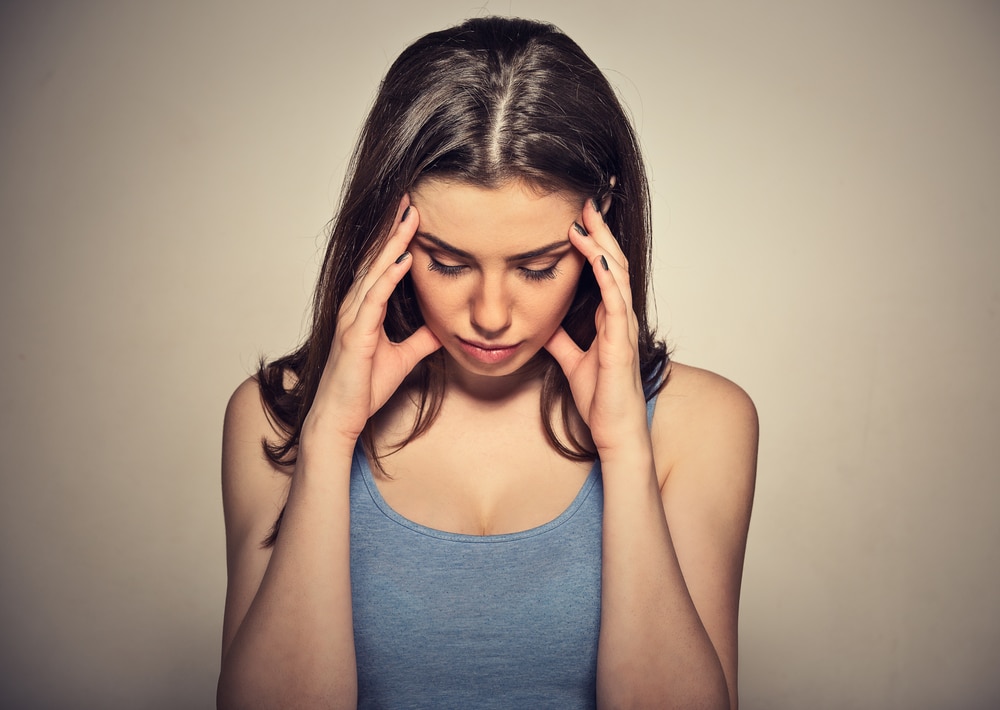Phobias
Understanding Phobias
Already know what you’re looking for? Simply use the quick links, or continue reading the complete guide below.
What is a phobia?
Phobias fall under the category of anxiety disorders and generally involve an intense and irrational fear of a specific object, situation, or activity.
The fear is often so severe that it can interfere with daily life. Common types of phobias include fear of heights, spiders, enclosed spaces, and social situations.
The causes of phobias
The exact causes of phobias are not well understood but thought to be a combination of genetic, environmental, and psychological factors.
Some people may be more prone to developing phobias due to genetic predispositions or a family history of anxiety disorders.
Traumatic experiences, such as a serious accident or injury, can also trigger the development of a phobia. Alternatively, phobias may be a learned response to a specific situation or object, such as from observing someone else’s fear or experiencing a panic attack in a certain situation.
Symptoms of phobias
Phobia symptoms can vary depending on the person and the type of phobia they have.
Generally, the main symptom of a phobia is an intense and irrational fear of a specific object, situation, or activity. This fear is often out of proportion to the actual danger posed by the object or situation.
Other symptoms may include panic or anxiety when confronted with the feared object or situation, avoidance of the feared object or situation, difficulty functioning in everyday life due to the phobia, physical symptoms such as rapid heartbeat, sweating, trembling, nausea, and fear of losing control.
Treatment for phobias
Traditional treatment options
There are various treatment options available for phobias, including cognitive-behavioural therapy, exposure therapy, and medication.
Treatment for phobias typically involves a type of psychotherapy called cognitive behavioural therapy (CBT). This therapy involves working with a professional therapist to identify the thoughts and behaviours linked to the phobia and then learning how to replace them with more positive and realistic thoughts and behaviours.
Exposure therapy is another common treatment for phobias, where the person is gradually exposed to the feared object or situation in a controlled and safe environment while learning coping skills to manage the associated anxiety.
In some cases, medication such as anti-anxiety drugs or beta-blockers may be used to help manage the symptoms of a phobia.
Alternative treatment options
In addition to traditional therapies, research suggests that CBD may be effective in reducing anxiety and fear-related behaviours, making it a potential treatment option for phobias [9]. CBD works by interacting with receptors in the brain that regulate anxiety and stress.
Studies have also shown that medicinal cannabis may be helpful in reducing symptoms of post-traumatic stress disorder (PTSD), a condition that shares many similarities with phobias [10].
Reducing stress is also important for managing fibromyalgia symptoms. Stress can exacerbate pain and fatigue, so it is important to find ways to manage stress levels. Improving sleep hygiene can also be helpful in managing fibromyalgia symptoms. This includes establishing a regular sleep schedule, avoiding caffeine and alcohol before bedtime, and creating a comfortable sleep environment. Getting enough restful sleep is crucial for managing pain and fatigue associated with fibromyalgia.
Using medicinal cannabis may benefit patients looking for relief from chronic pain, sleep disturbances, and anxiety or depression symptoms [2]. While some potential risks and side effects are associated with cannabis use, other patients have found it a safe and effective treatment option.

How medicinal cannabis works
Before diving into the pros and cons of using medicinal cannabis, it’s helpful to understand how cannabis works in the body.
The human body has an endocannabinoid system (ECS) that regulates various physiological processes, including pain, mood, appetite, and sleep. The ECS consists of a network of receptors and enzymes that interact with endocannabinoids, which are naturally occurring compounds in the body that are similar to the cannabinoids found in cannabis.
When cannabis is consumed, the THC and CBD in the plant interact with the ECS in the body. THC binds to cannabinoid receptors in the brain and body, producing various effects, including pain relief, relaxation, and altered perception. Conversely, CBD does not bind to cannabinoid receptors but instead interacts with other body receptors involved in inflammation, pain, and mood regulation.
Potential benefits of medical cannabis for phobias
Alleviate fears
One of the most common symptoms of phobias is irrational fear, which often disrupts everyday activities social interactions.
An article in European Neuropsychopharmacology examined the potential antipsychotic effects of CBD. The authors suggest that CBD may be effective in reducing symptoms of anxiety and fear-related behaviours, which could be beneficial for phobia treatment [11].
Reduced anxiety and depression
Many people with phobias also suffer from anxiety and depression. Medicinal cannabis has anti-anxiety and antidepressant effects in some patients.
Neurotherapeutics published a review article which examines preclinical and clinical evidence on the anxiolytic properties of cannabidiol (CBD), a non-psychoactive cannabinoid found in cannabis. The authors conclude that CBD has potential as a treatment for a range of anxiety disorders, including phobias [2].
Another study in the Journal of Affective Disorders found that cannabis use was associated with significant reductions in anxiety and depression symptoms in patients [4].
*The above studies highlight the potential benefits of medicinal cannabis, but do have some limitations that need to be considered. These limitations may include: a relatively small sample size, use of self-reported data rather than objective measures, and not measuring the long-term effects of cannabis use or exploring the different strains/types of cannabis used, which may have an impact on the observed effects.
Potential side effects
Like any medication, medicinal cannabis can have side effects. While medicinal cannabis may benefit some patients, it is vital to understand the potential risks and side effects. Common side effects of cannabis use include dry mouth, dizziness, and increased heart rate. Some people may also experience anxiety or paranoia. It is also important to note that medicinal cannabis can interact with other medications, so it is essential to talk to your doctor before using cannabis.
Finding the right dose
When using medicinal cannabis, finding the correct dose that provides maximum benefits with minimal side effects is essential. Everyone’s tolerance and sensitivity to cannabis are different, so finding the right dose may take some trial and error.
Working with a healthcare provider who specialises in medicinal cannabis can be helpful in finding the correct dose and product for your specific needs.

The legal status of medicinal cannabis in Australia
In Australia, the use of medicinal cannabis is legal under certain circumstances. In 2021, the Australian government amended its Narcotics Drugs Act to allow for the cultivation and manufacture of medicinal cannabis products for therapeutic use [1].
To access medicinal cannabis in Australia, patients must have a valid prescription from a healthcare provider and obtain their medication from a licensed medicinal supplier. Medicinal cannabis is unavailable over the counter and cannot be legally grown or produced by patients for personal use.
While the legal framework for medicinal cannabis in Australia is still relatively new, there is growing awareness of its therapeutic potential for various medical conditions, including fibromyalgia.
Learn more with cantro.health
Phobias can be a debilitating condition that can significantly impact a person’s quality of life. While there are various treatment options available, medicinal cannabis may offer a new and potentially effective approach for managing phobias.
However, as with any medical treatment, it’s essential to speak with a qualified healthcare professional before considering medicinal cannabis. They can help you understand the potential benefits and risks, and determine if it’s the right choice for your individual needs.
Other mental health conditions
Generalised Anxiety Disorder (GAD)
GAD
Post-Traumatic Stress Disorder
PTSD
Phobias
Phobias
Chronic Inflammation
Chronic Inflammation
Migraines and Headaches
Migraines and Headaches
Other medical conditions
More information
Looking for more information about medicinal cannabis treatments?
Click here to discover our full list of medical conditions
Stay informed every step of
the way
By curating reliable, unbiased and evidence-based facts, we’re creating a safe space to explore the latest news, insights and regulations on medical cannabis in Australia, helping you to make informed decisions.
Click here for the full reference list of citations, information and resources.
